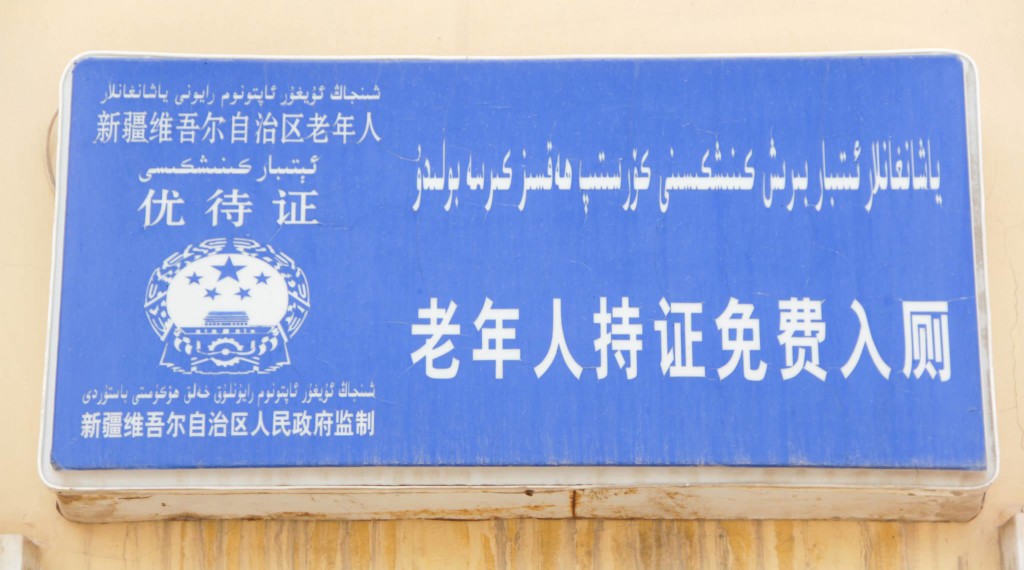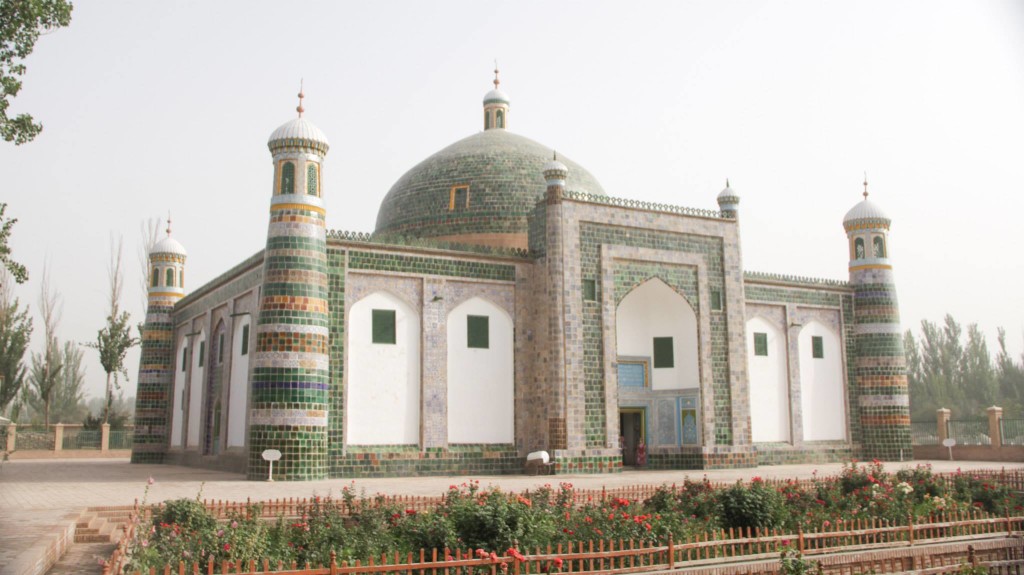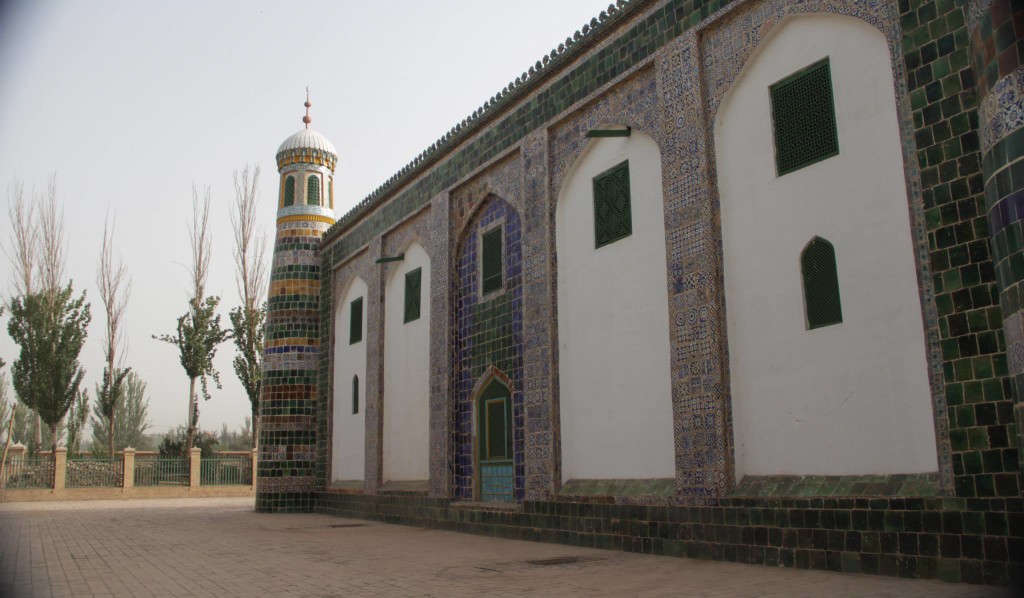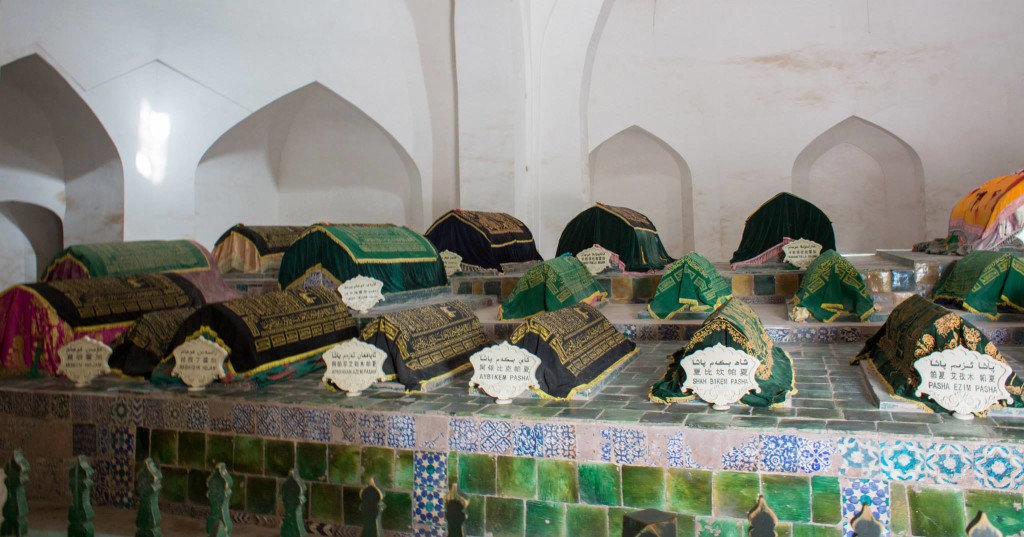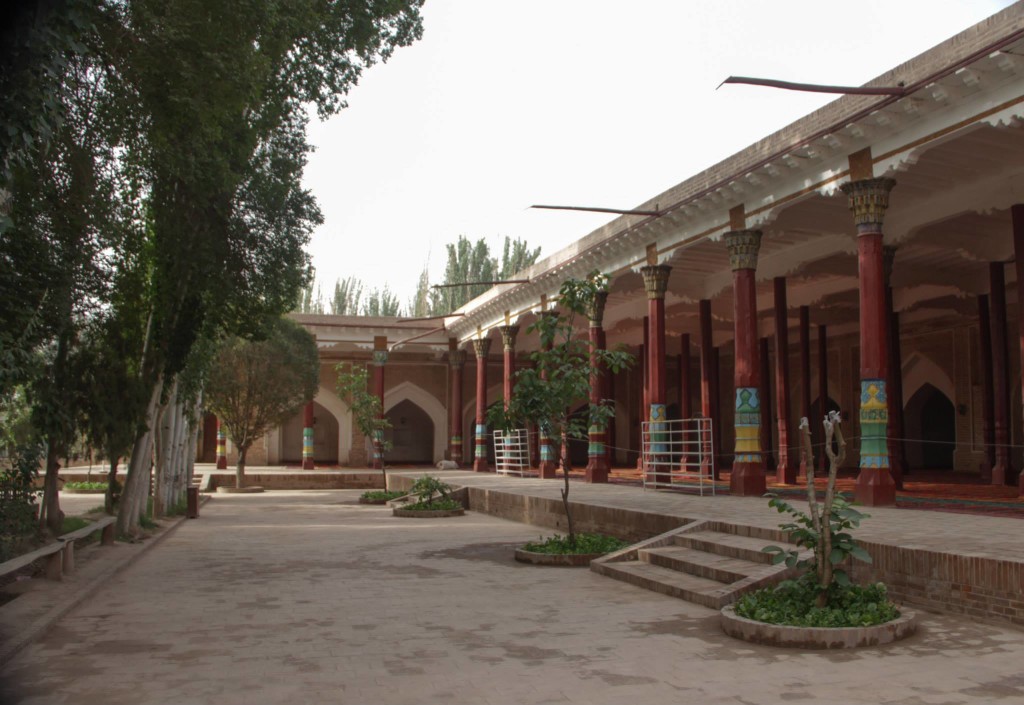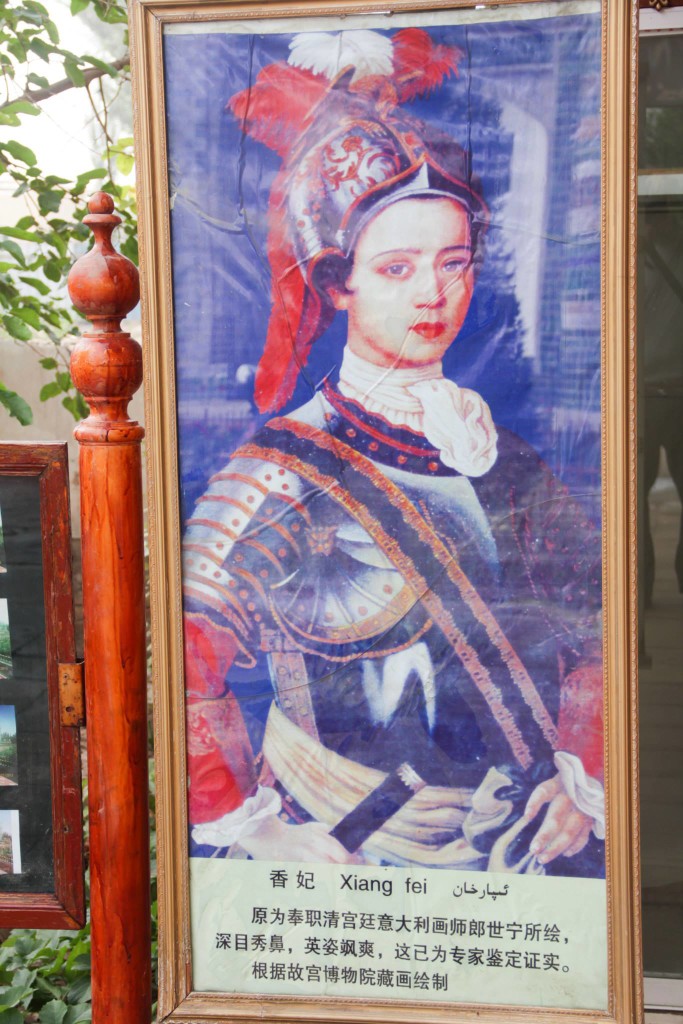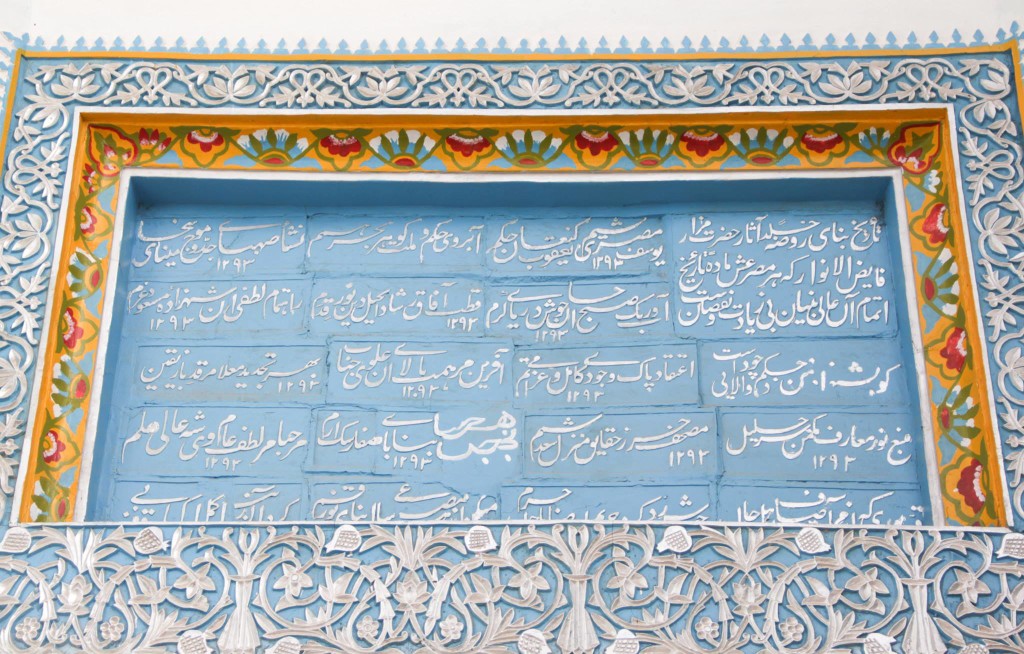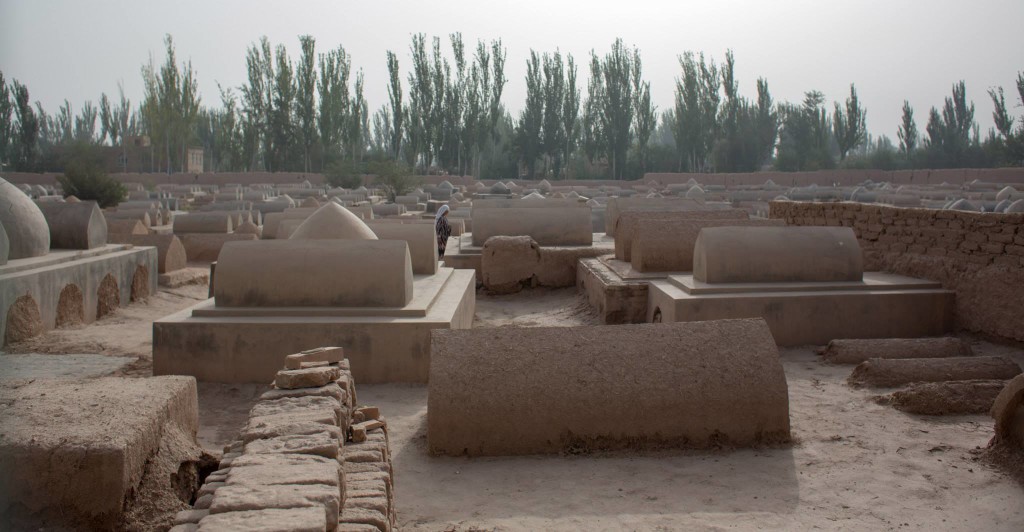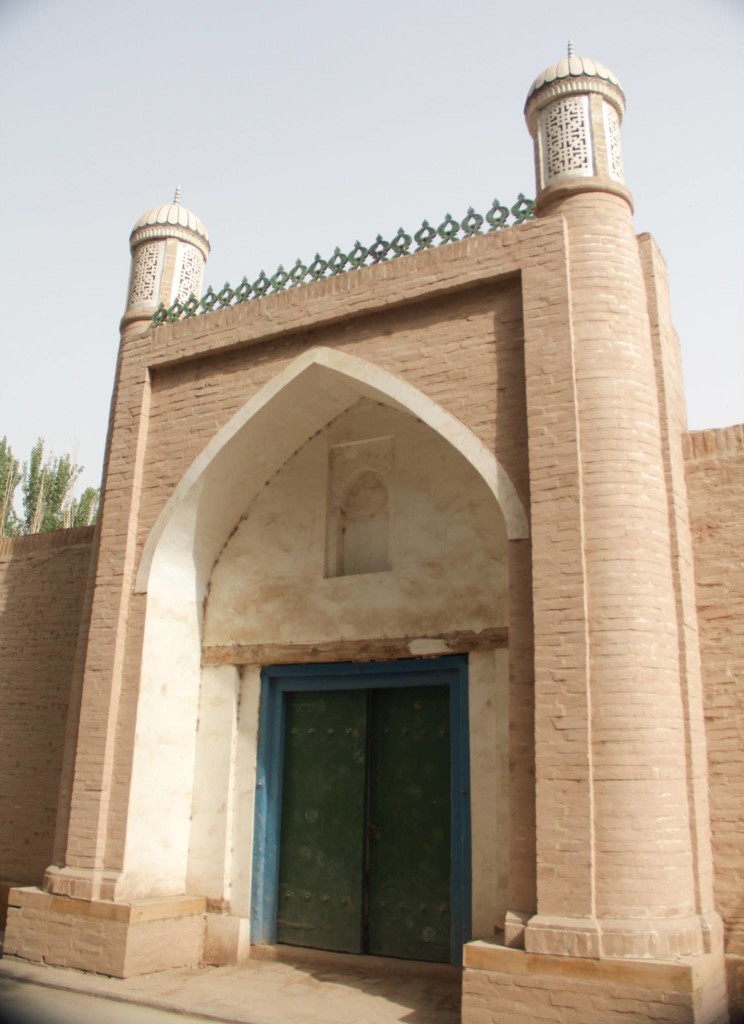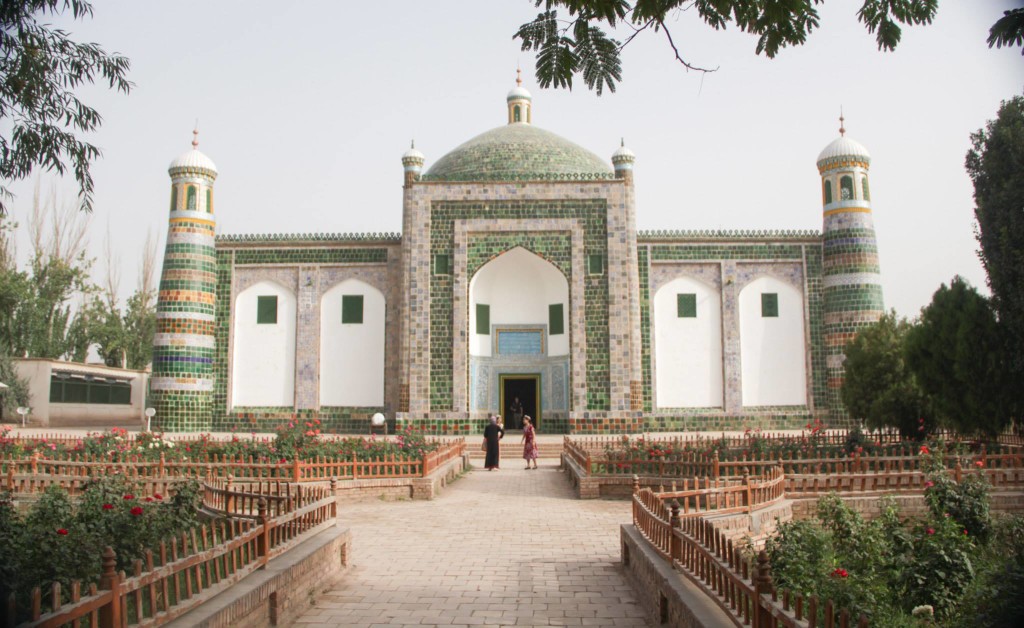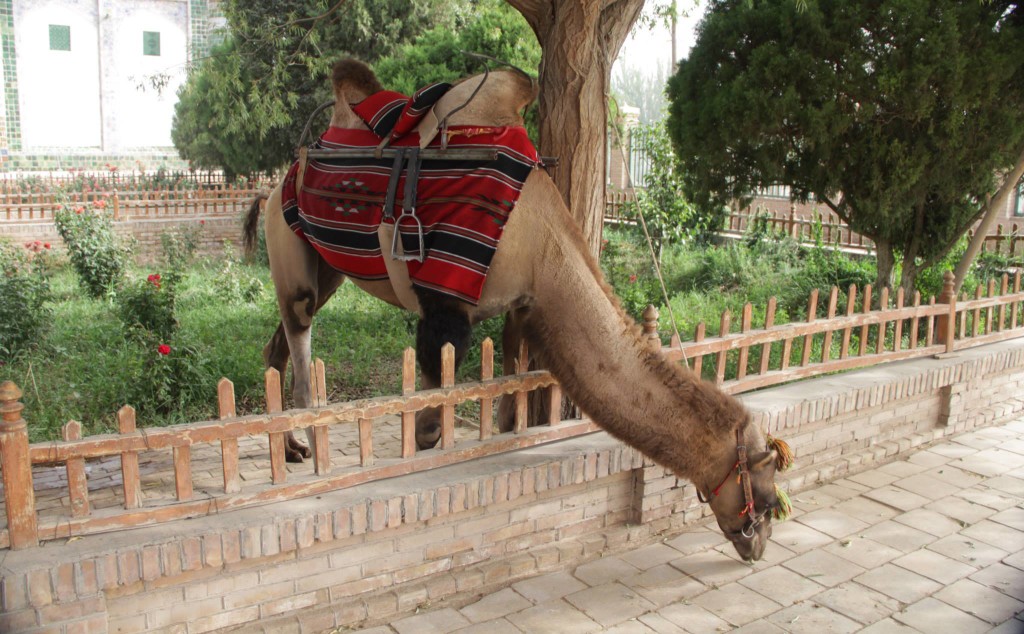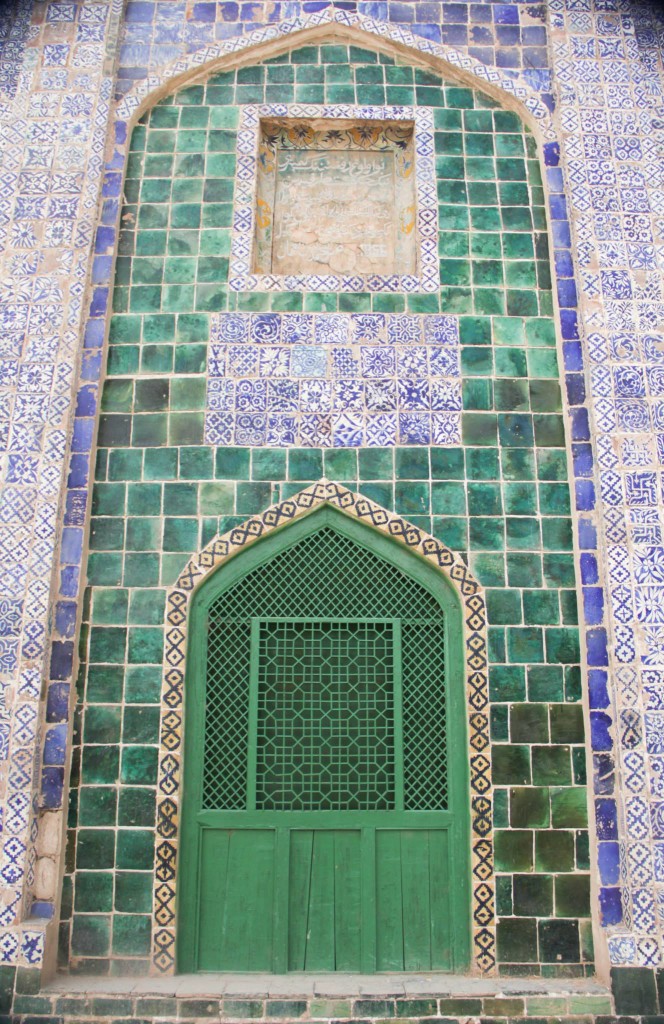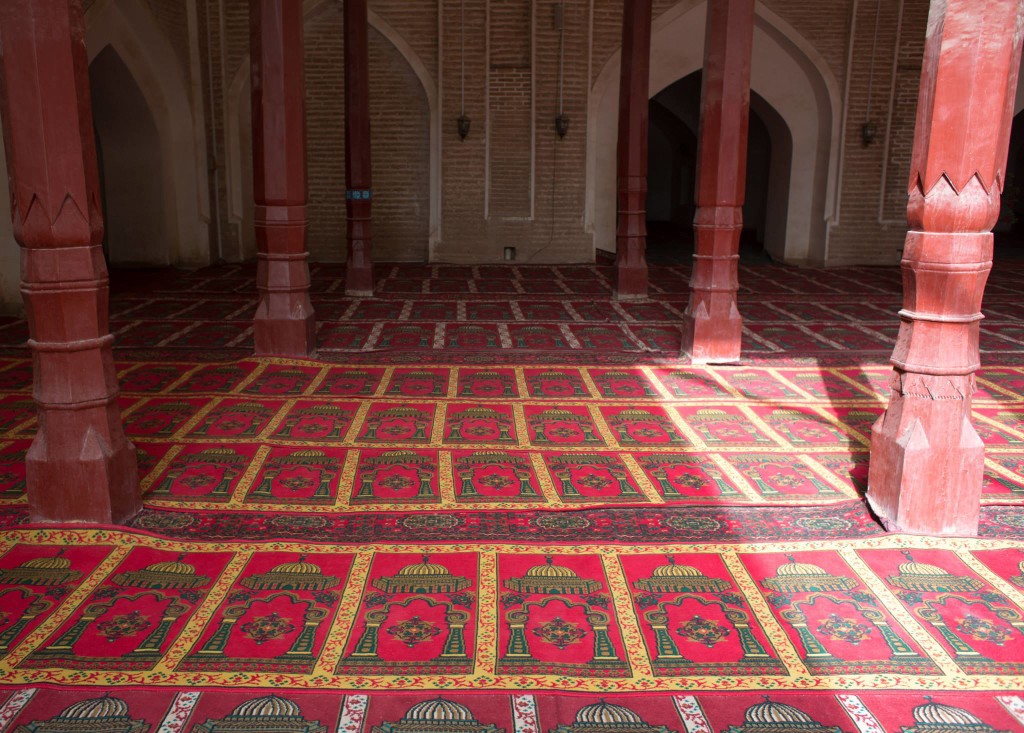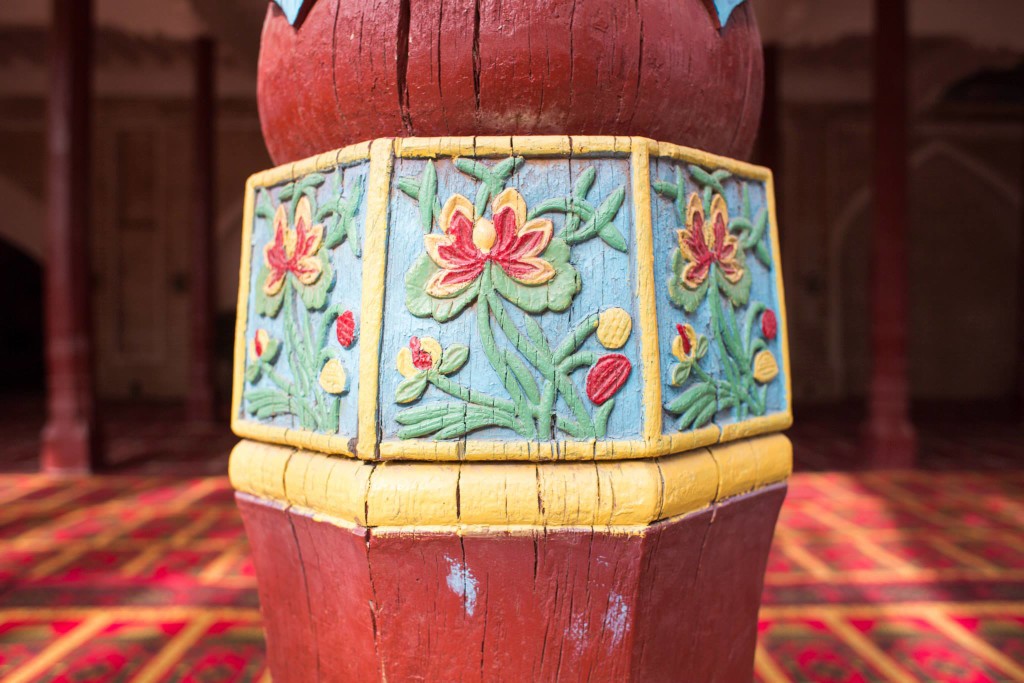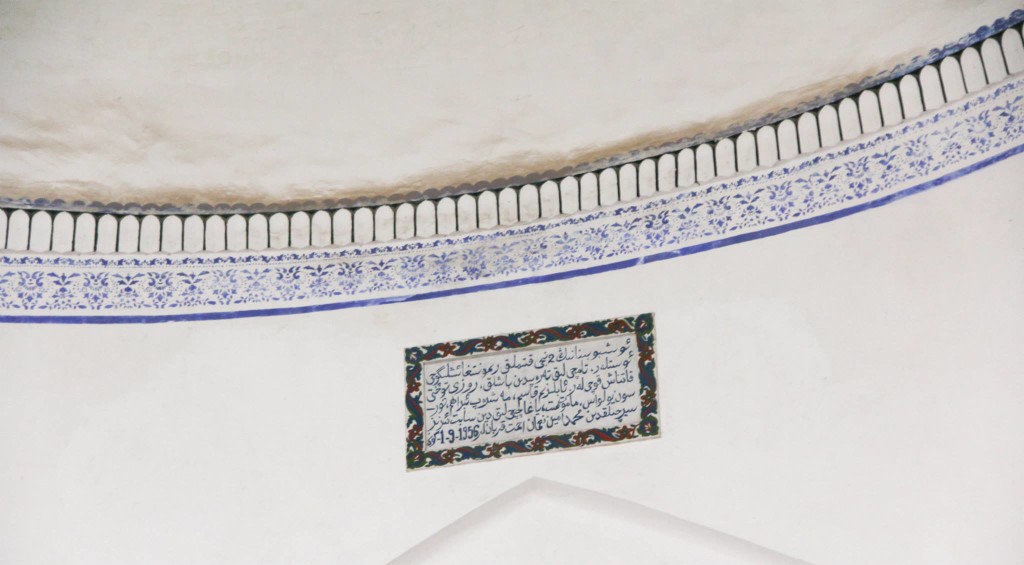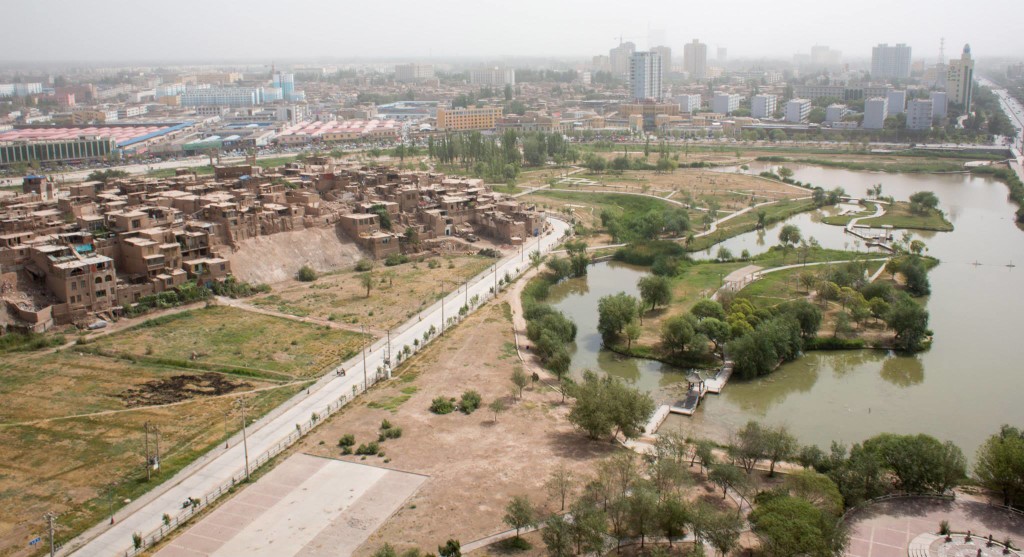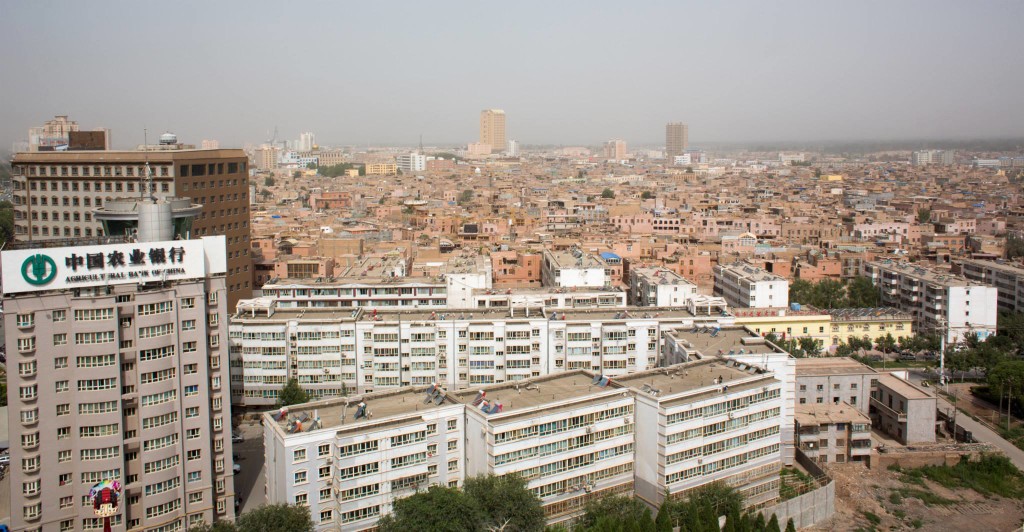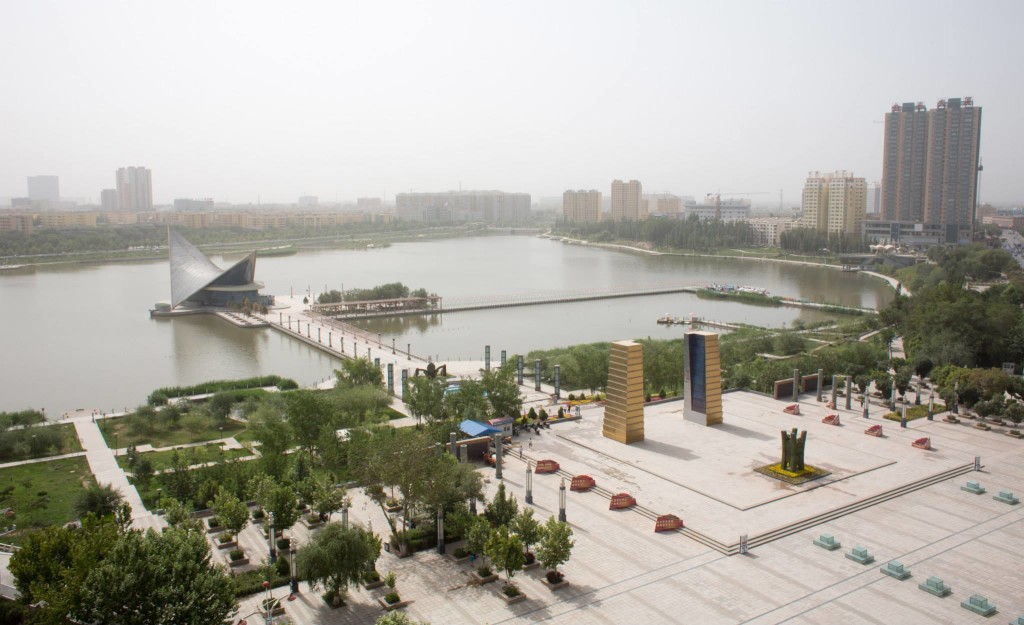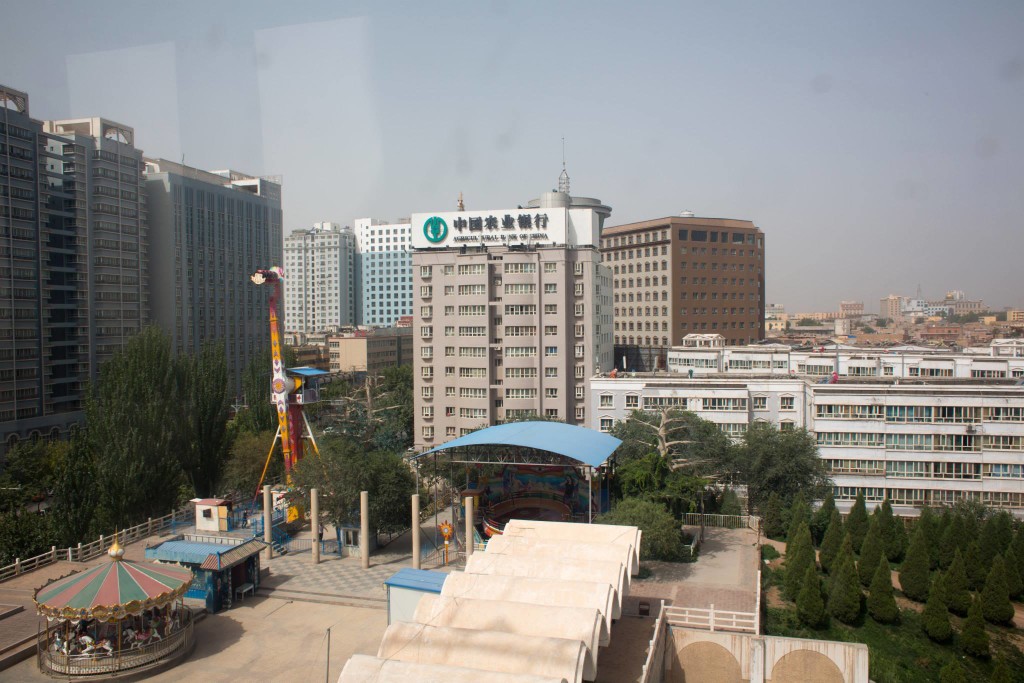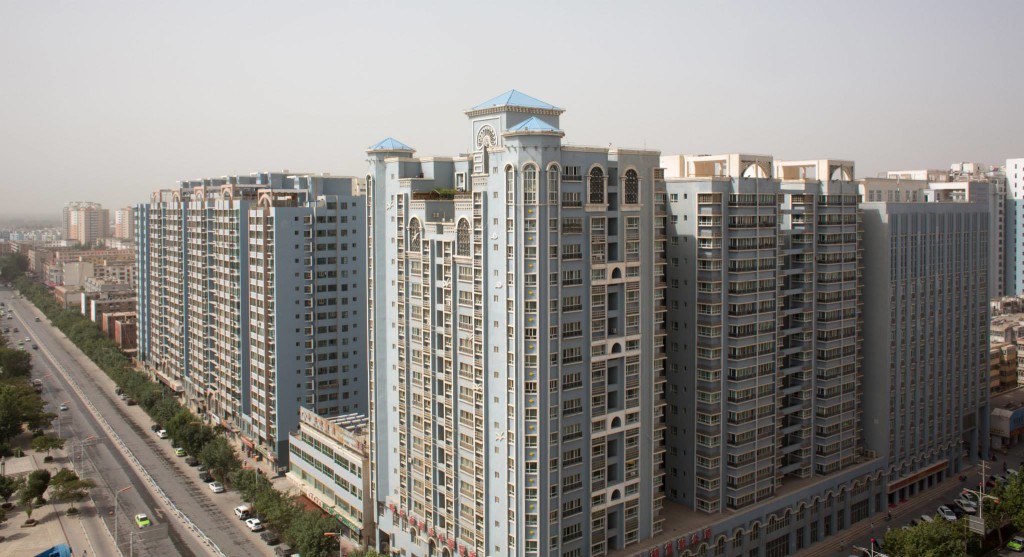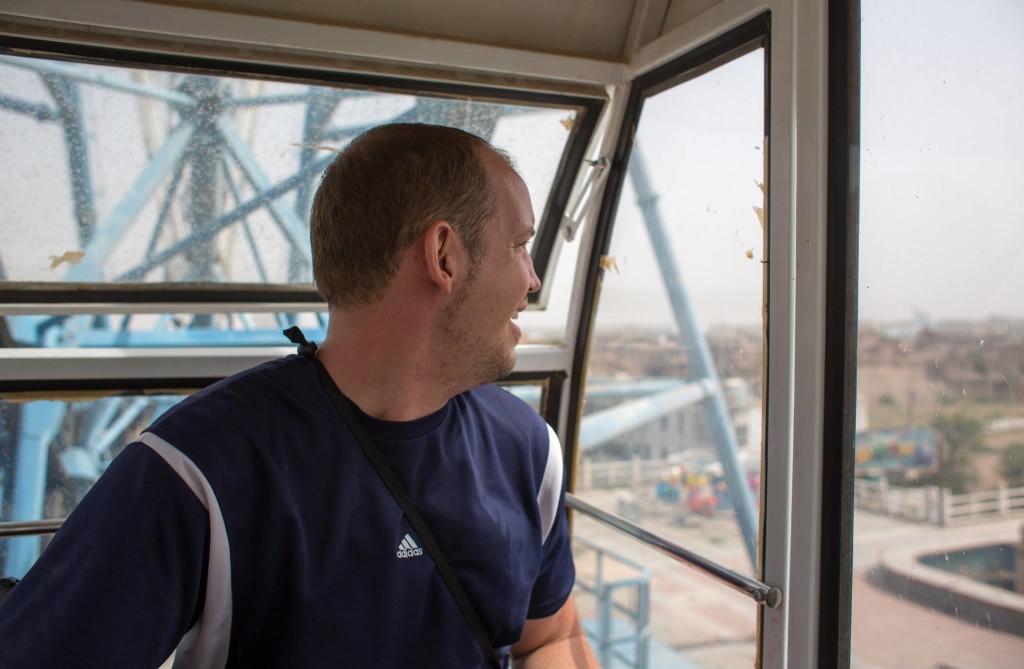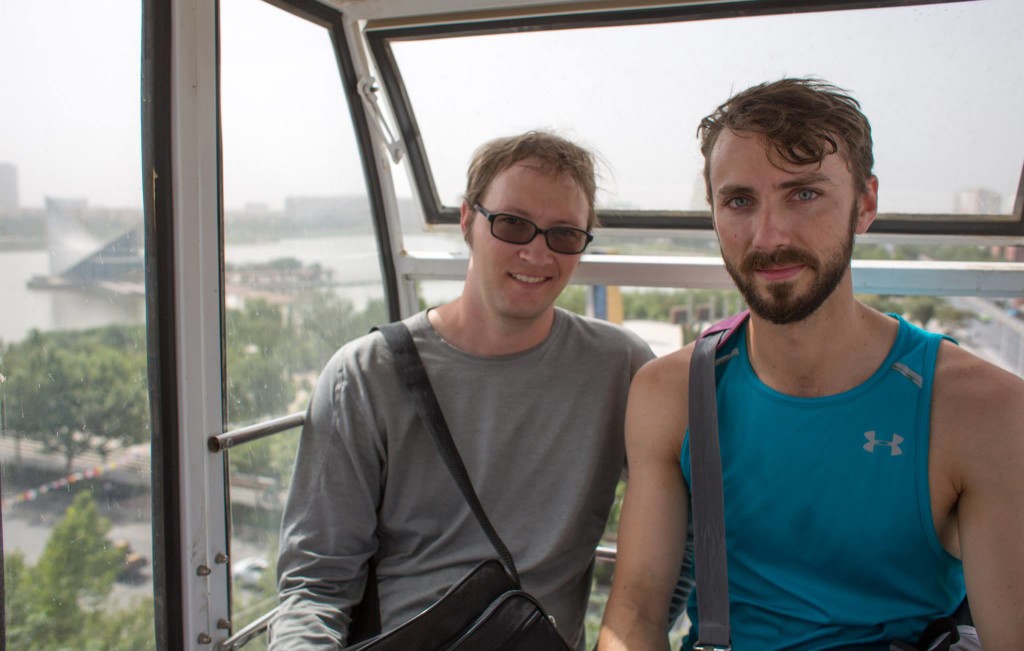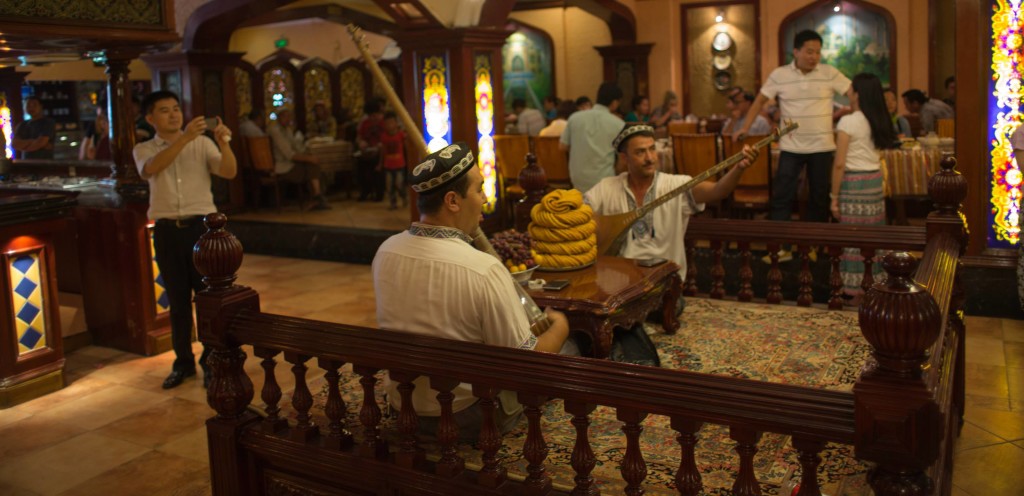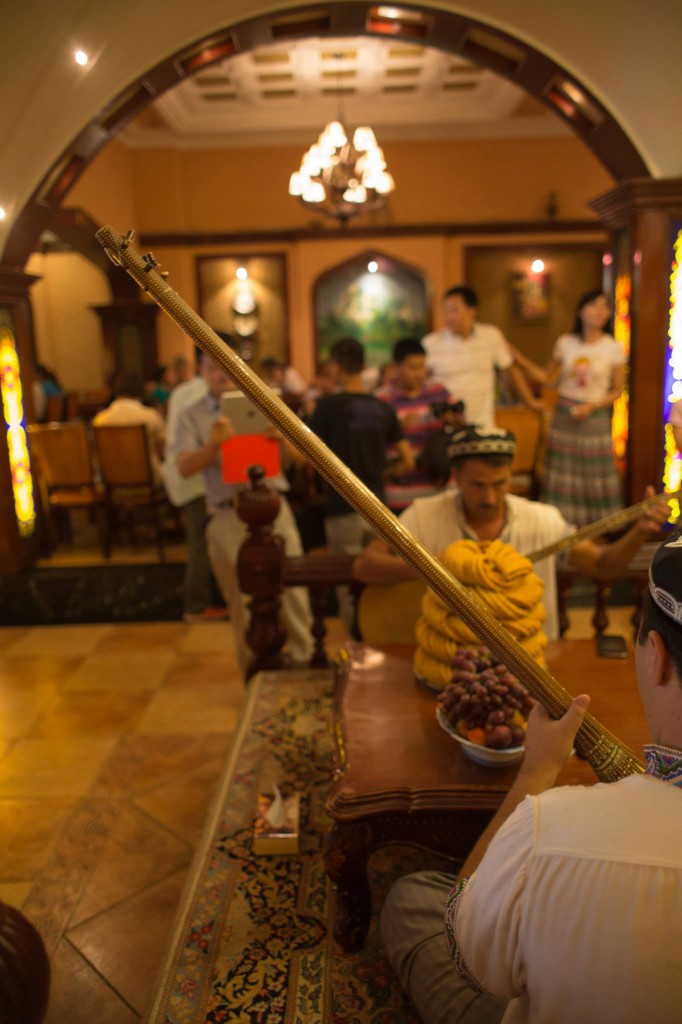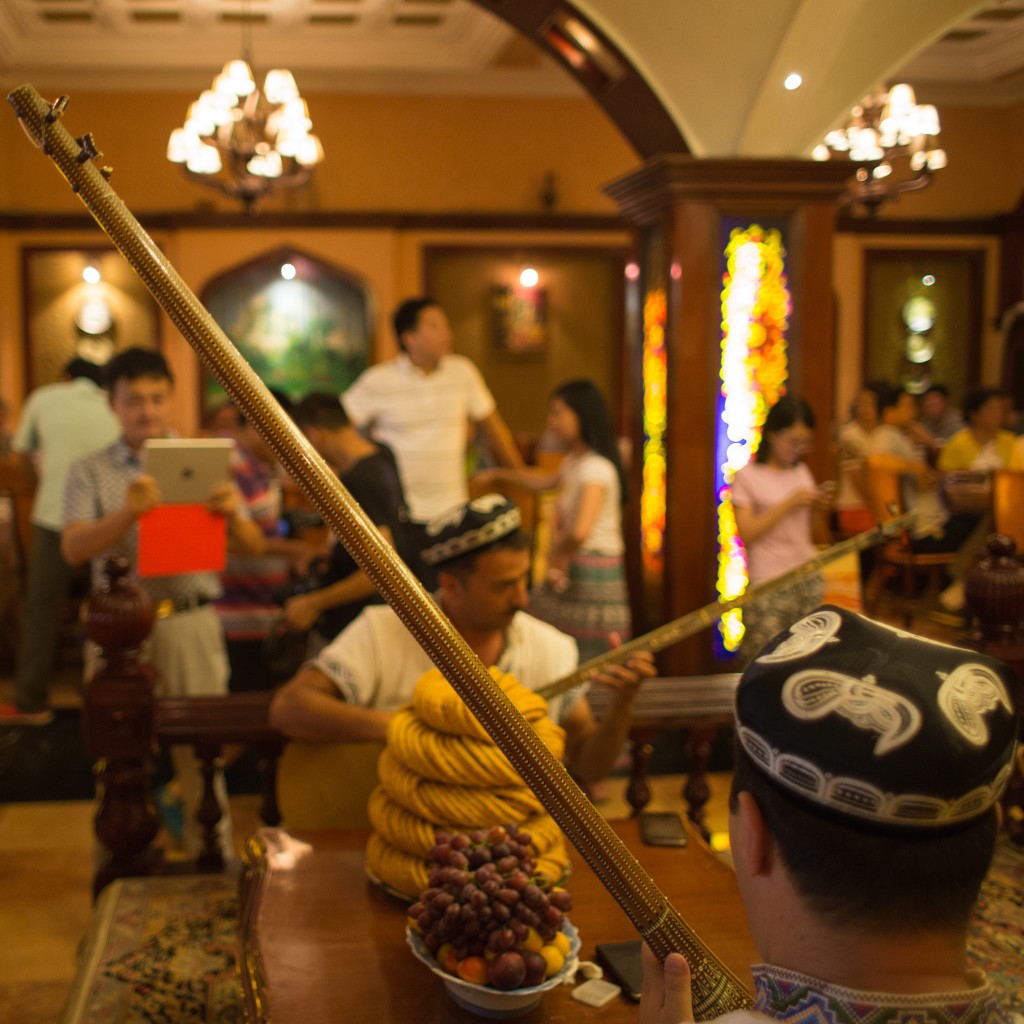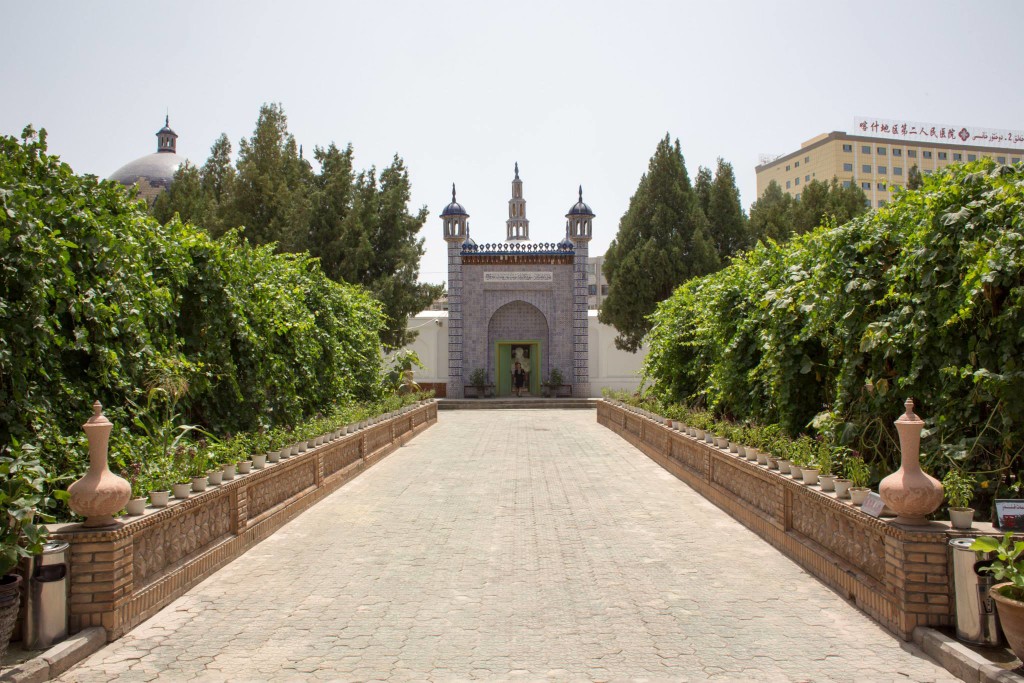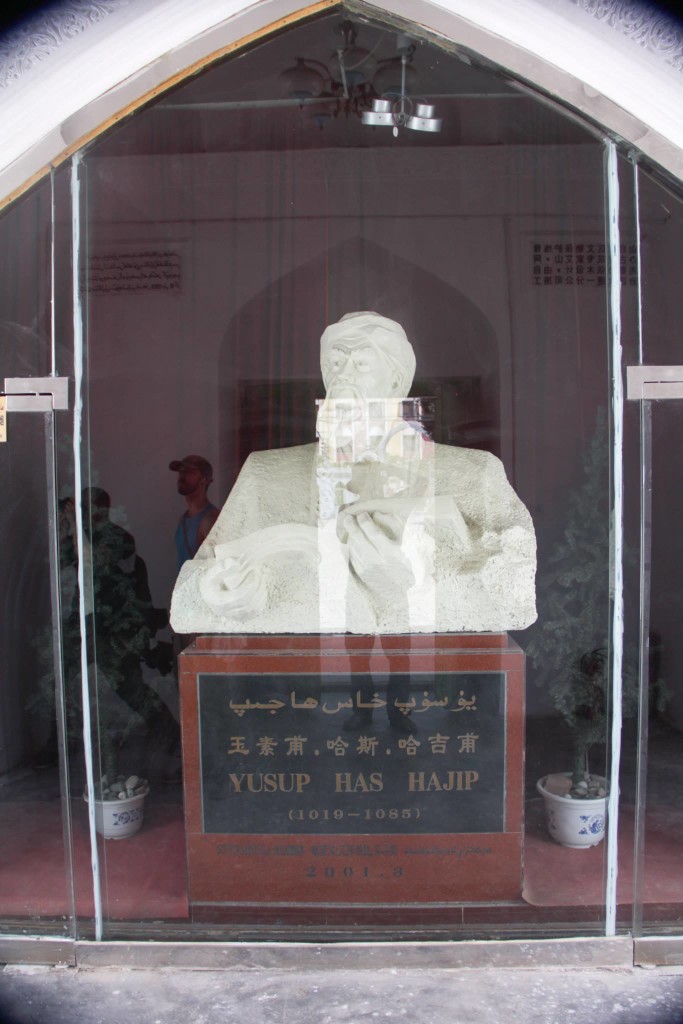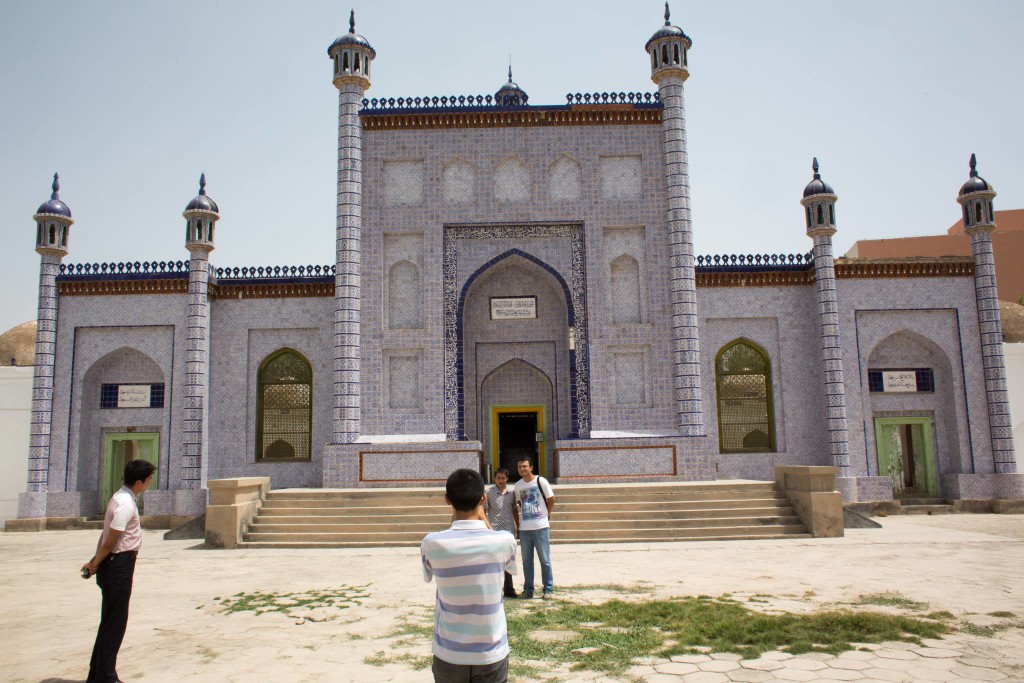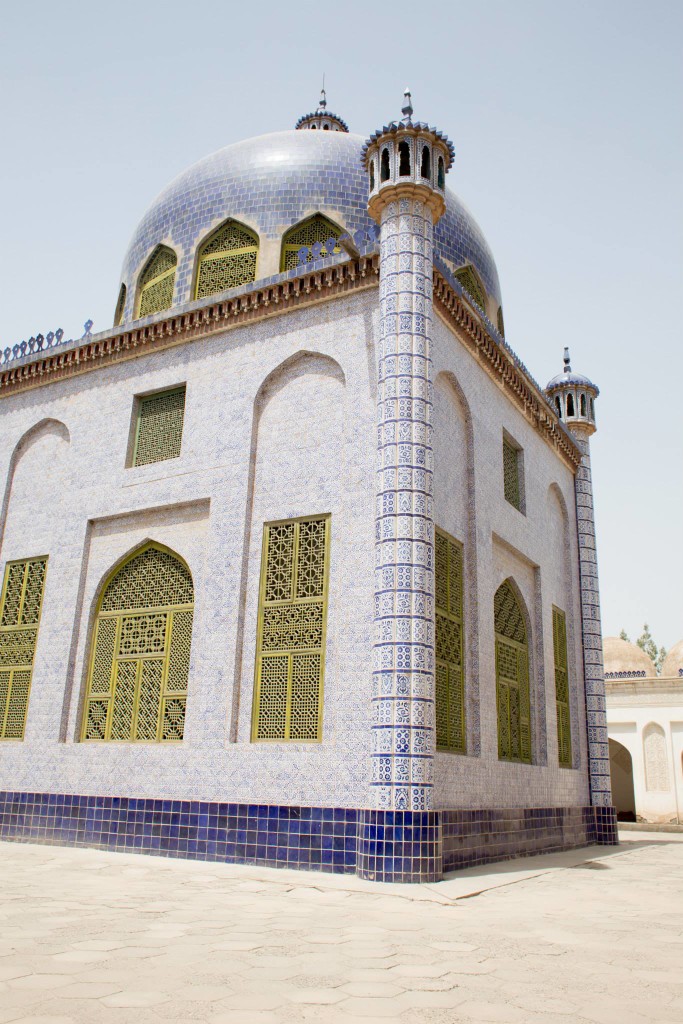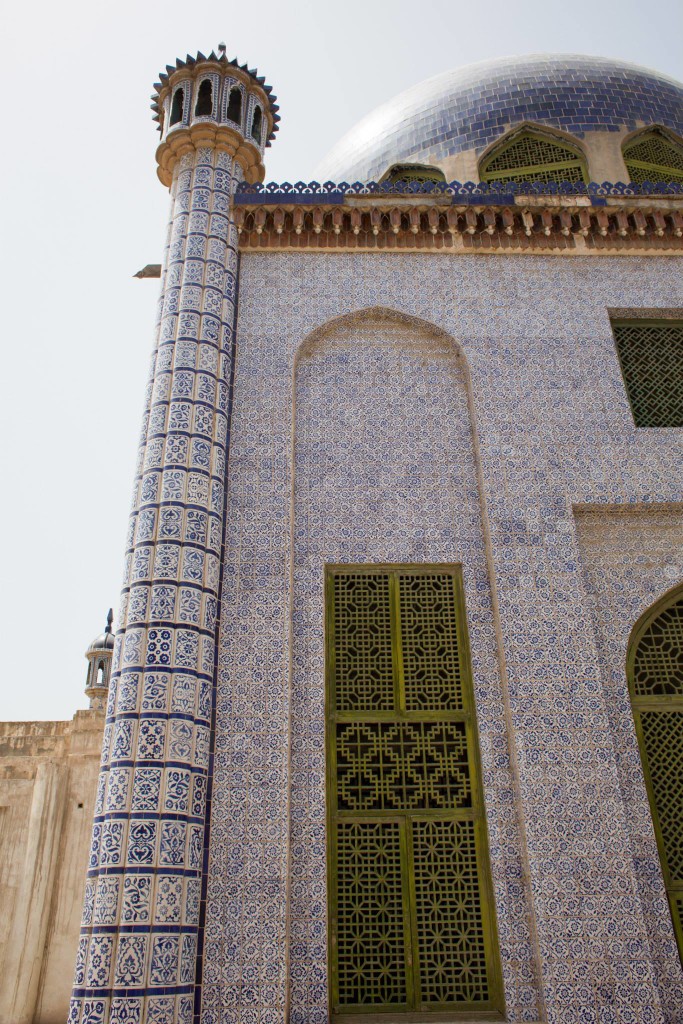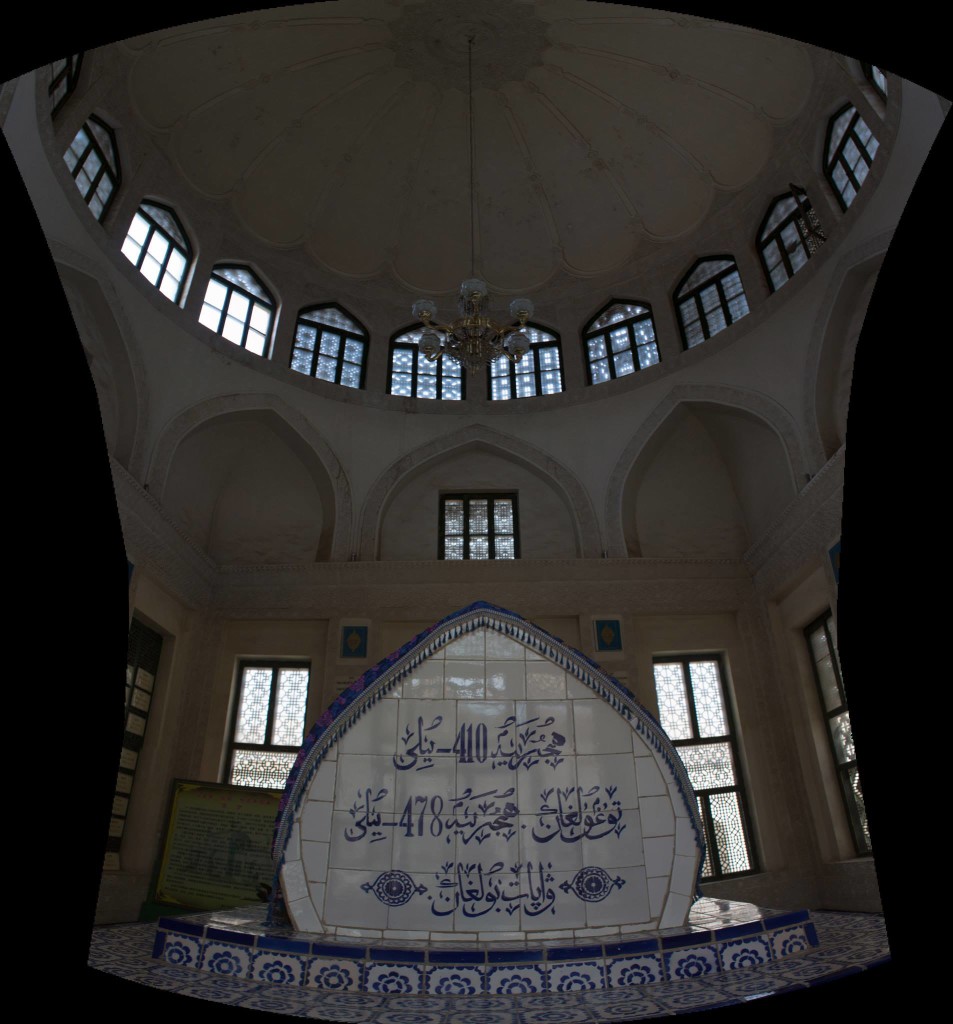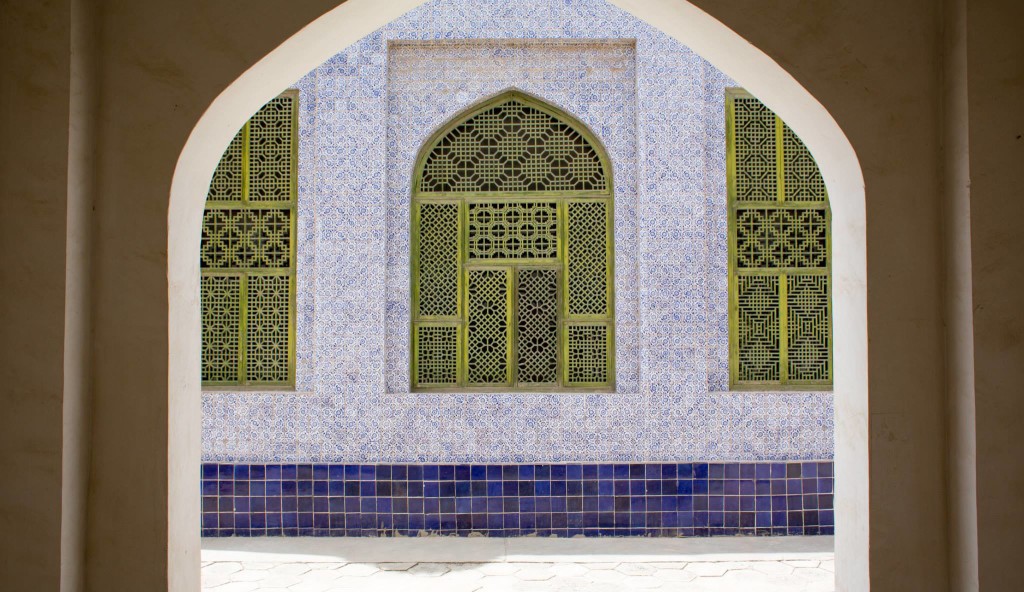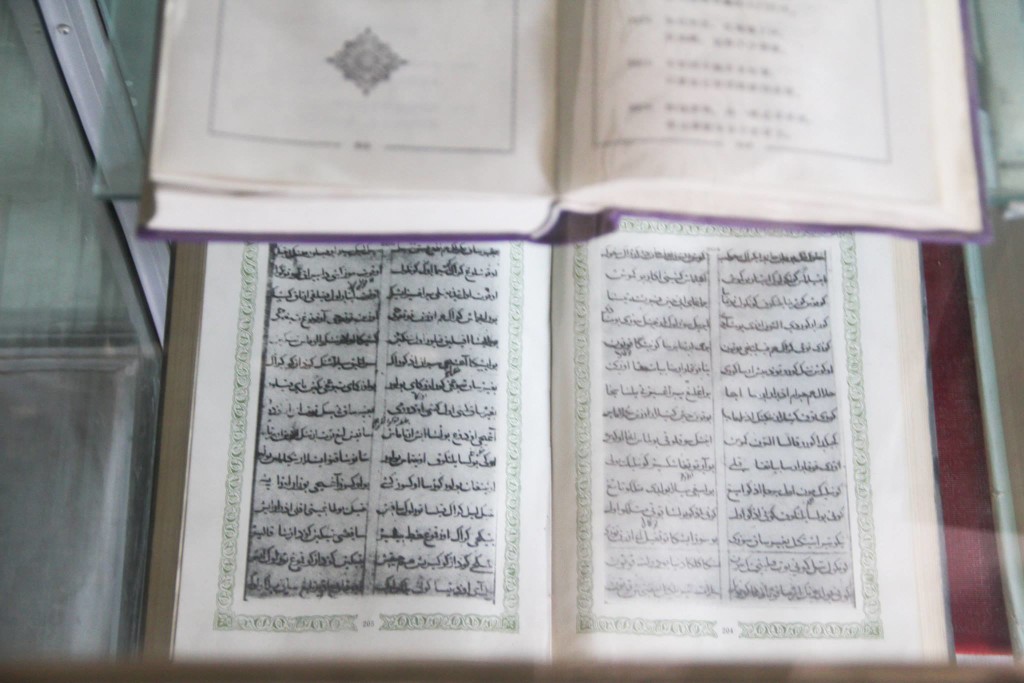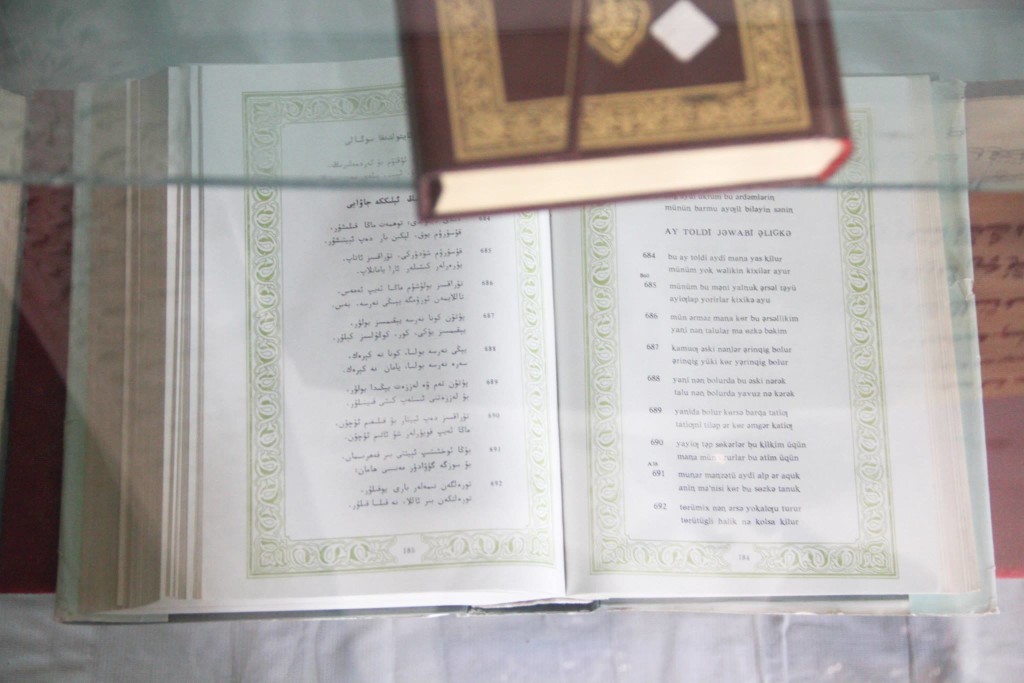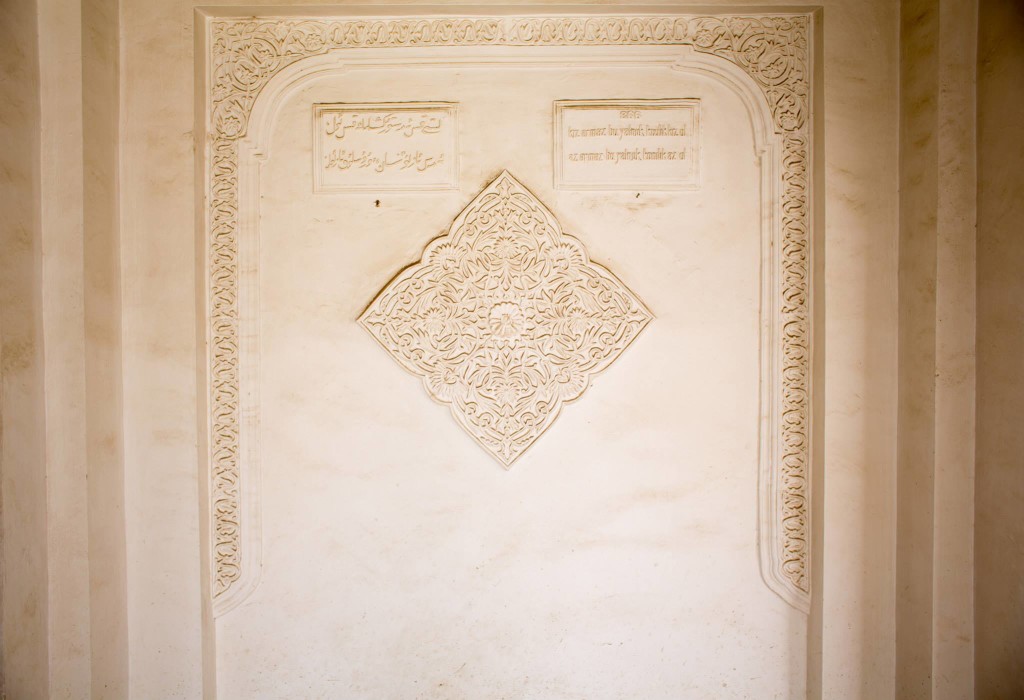In China’s east, newspapers are ubiquitous. Living in Nanjing in 2009, I was spoiled for choices. In the ten minute walk to school, I would pass two or three news stands, each of them overflowing with newspapers from everywhere, including five to ten local papers like the Yangtse Evening Post, Beijing official broadsides like the People’s Daily, pan-China nationalistic rags like the Global Times, and papers that came relatively close to being real news organizations like the Southern Weekend and Caixin, plus a plethora of magazines.
Moving west on this trip, though, news stands have disappeared, and newspapers, which I have tried to read on long rides, are now impossible to get.
This change happened so gradually that, at first, I did not recognize it. Leaving Zhangye, in the middle Gansu Province, I went to the bus station’s newspaper stand, a glass case with about twenty papers laid out on top. But as I examined them more closely, I realized that they were not really newspapers. Instead, they looked like newspapers; they were printed on the same paper, but they had no news. Instead, they were actually just remembrances, of a sort. One article discussed the legal mechanisms that were used to jail the Gang of 4 back in 1976. Though it was formatted like a newspaper, it was really just a homey, “remember back when” kind of newsletter. I did not realize it then, but this was the beginning of when newspapers began to become scarce.
I first became cognizant of the phenomenon in Jiuquan, one city farther along the Silk Road, the backwater in the western half of Gansu where we camped at the last bit of the Great Wall. Our hotel was along a street filled with tourist oriented restaurants and small stores selling beer and snacks, the kind of place that would, in eastern China, have a rack full of papers. We frequented these stores, and not once did I see a newspaper or magazine, nor did I find one in the stores frequented by locals. Once in our hotel, I found a copy of an official broadside, the Gansu Daily I think. I told the woman at the front desk that I had not seen any newspapers in Jiuquan, but she insisted they were around.
“Where?” I asked. “I haven’t seen any in stores around here.”
She shrugged. “They are there, just much farther away.” I got a feeling there was something she was holding back, perhaps something she did not even realize she was holding back.
It was more than a week before I found another newspaper. As best as I can remember, there were no news stands in Urumqi, the capital of Xinjiang. In Shihezi, a much smaller town a few hours west of Urumqi, there were plenty of newstands, though their newspapers were nationalistic papers and military affairs papers, a rough Chinese equivalent of Guns and Ammo.
In Turpan and Kashgar, I saw no news stands and only a single copy of a newspaper, an official rag in the bus station’s waiting room, which I yanked for my long ride. Otherwise, I have not seen any papers available.
Looking back, I can think of three factors behind this disappearance of newspapers as we moved westward. The first is the security element. To a certain degree, I think the government has banned news stands in any volatile areas. News stands could make for an easy target in the case of small-scale terrorism.
This factor could explain why there were news stands in Shihezi, but not in Urumqi. Shihezi has few Uighurs and almost no ethnic violence. It was settled in the last sixty years by Han Chinese in military organizations, which explains the militaristic orientation of newspaper selection there too. Unlike Shihezi, Urumqi has been a focal point of violence recently.
Another factor is the ethnic factor. In areas where Uighurs dominate, perhaps there is not enough of a market for newspapers written in Chinese. That may explain a small amount of the disappearance of newspapers, but it seems flat. News is first propaganda-based. The market comes in as a secondary force. If the government really wanted there to be newspapers out in the West, they would be here, in Uighur and Chinese.
Clearly, the government is trying to limit news sources, but another explanation strikes me as possible: the people living in western China just read a lot less. In Chinese poetry, there is often talk of some well-educated official being sent off to live with the uncultured bumpkins in the far-off boonies. Gansu and Xinjiang feel like those far-off boonies. Like America’s boonies, some people, like Lily’s family, are kind, while others, like Lily’s neighbors are racked with social ills. Either way, they just are not the readers that we saw in the East, back at our trips beginning.
